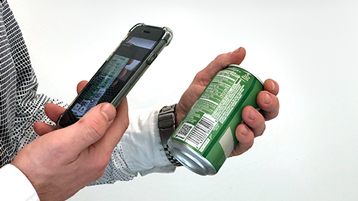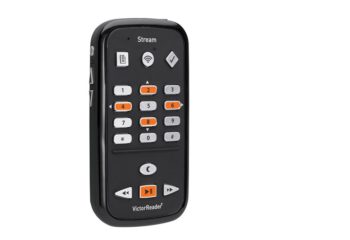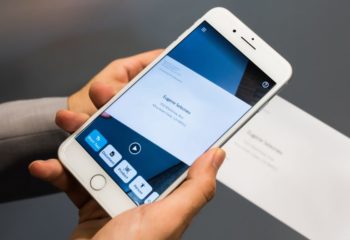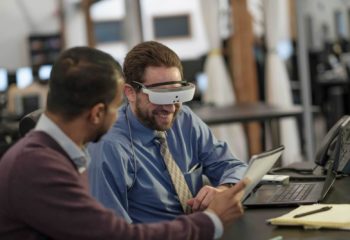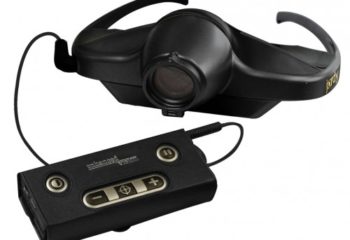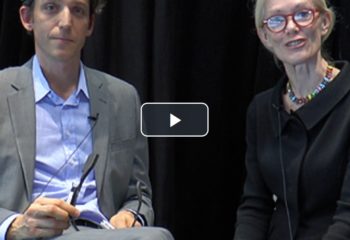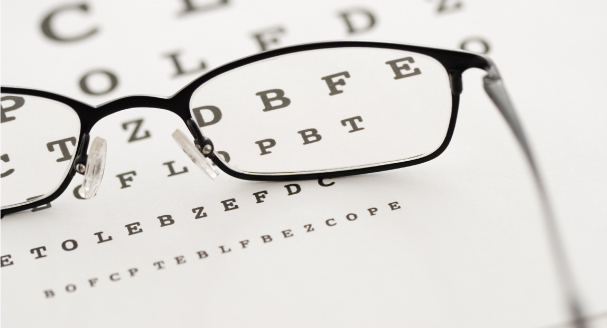This year, we created a roundup of our most popular articles on OE Patients. Our best-of list for 2018 covers technology, health, and tips for making adjustments — from the secret to mastering iPhone’s VoiceOver to accessibility at arts museums.
We hope you’ll be inspired to develop a new skill or create a good habit for the fresh new year!
Apple’s iPhone
10 Things To Know About iPhone Accessibility For Vision
The iPhone is quite possibly the most adopted device, ever, for people with vision loss. This is because it is accessible out-of-the-box, even if you can’t see the screen at all.
Discover the top reasons for using the iPhone.
Let iPhone’s VoiceOver Do The Reading
Apple’s built-in screen reader was a game-changer for those living with vision loss. Our accessibility expert, Dorrie Rush, writes about the secret to mastering iPhone’s VoiceOver gestures — practice, practice, practice.
Learn how to master VoiceOver.
Microsoft
“Seeing AI” Is A Gift from Microsoft
We love Microsoft’s Seeing AI, a free, intelligent camera app that translates images into words for people with visual impairments and blindness. Here are four features we especially like.
Microsoft Soundscape 2018, A Review of What It Can Do
Our accessibility expert Dorrie Rush appreciates the enhanced narration and awareness provided by Microsoft Soundscape, a navigation tool for people with vision loss.
Read the full review of Soundscape.
Apps and Technology
App Happy
Discover a collection of wonderful apps that empower people with visual impairments in ways we could only once dream.
Click for our recommended apps.
Electronic Glasses Event Recap
In October, OE Patients held an accessibility event on wearable devices for audiences with vision loss. We took a closer look into head mounted products including: OrCam, IrisVision, Jordy and more.
Explore featured electronic glasses.
GoGo Grandparent Gets Uber Without An App
For older adults who need to get an Uber or Lyft without an app or smartphone, GoGoGrandparent is perfect.
Find out more about GoGo Grandparent.
Making Adjustments and Health
Doctor, Am I Going Blind?
Every eye condition is different. Read our article by ophthalmologist Dr. Yale Fisher, to understand how vision loss caused by macular degeneration, diabetic retinopathy and glaucoma rarely results in blindness.
Learn more about vision across eye conditions.
What Is A Cataract?
Cataract is the leading cause of reversible blindness and vision loss in the world. Read more by Dr. Amilia Schrier, Director of Education at Manhattan Eye, Ear and Throat Hospital.
Museums Making Art More Accessible
From Florence to New York City, museums everywhere are making it easier for visitors who are visually impaired or blind to experience art.

